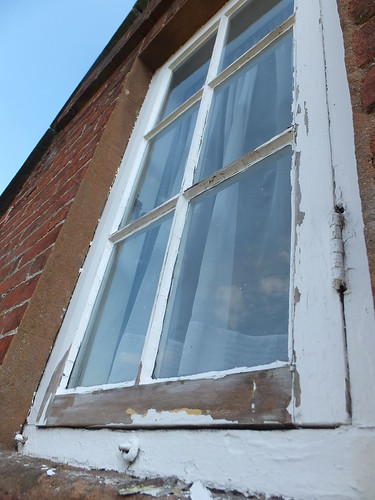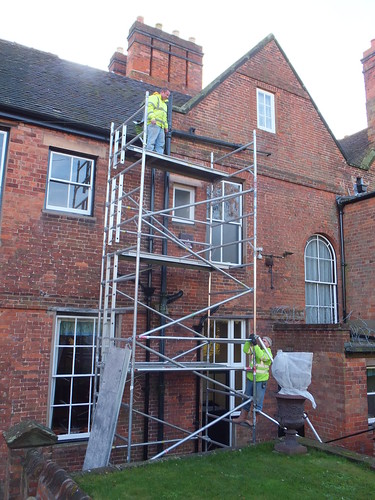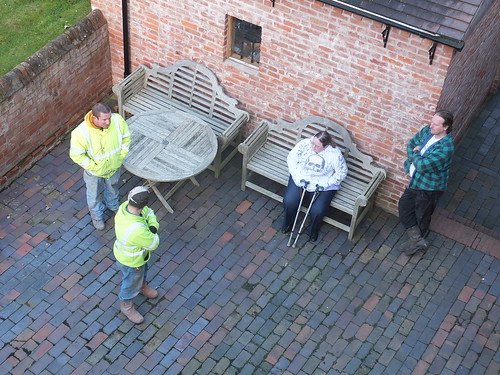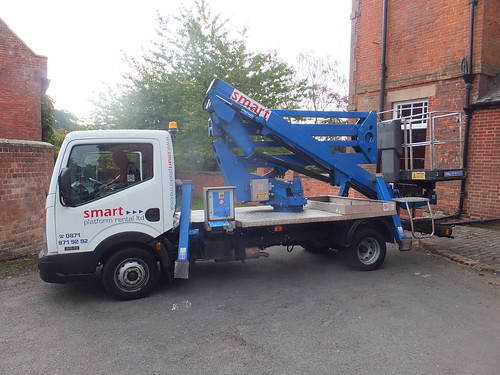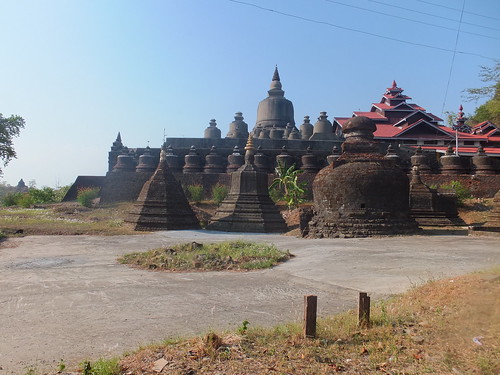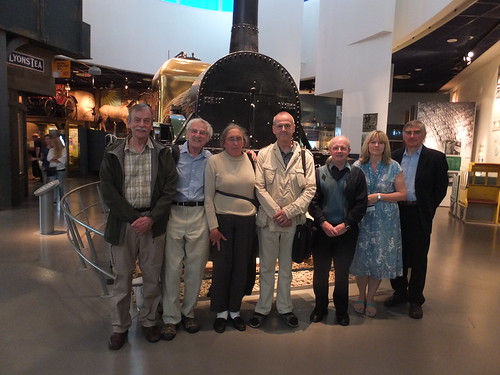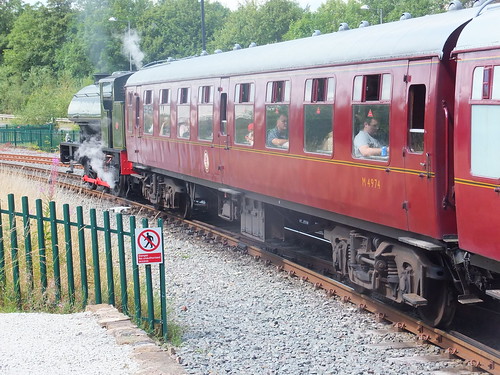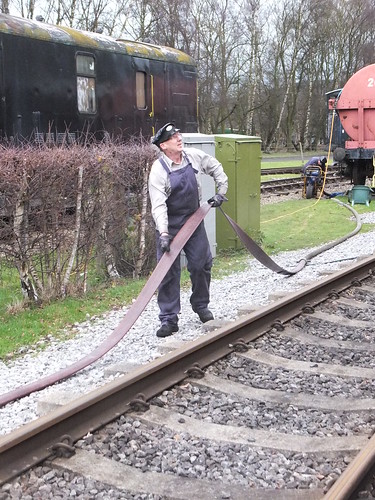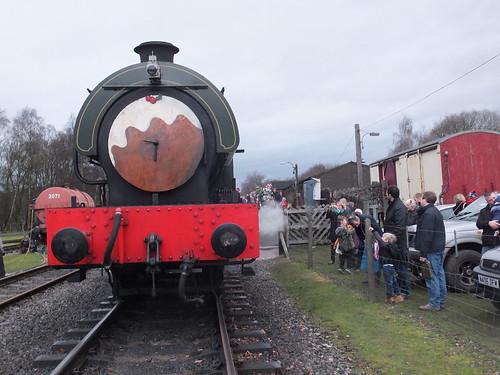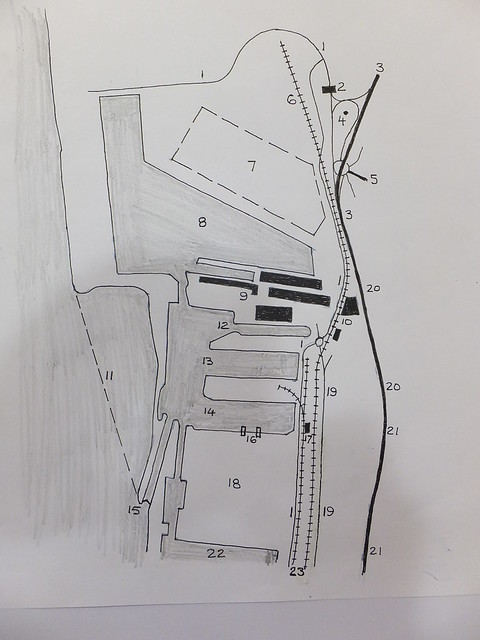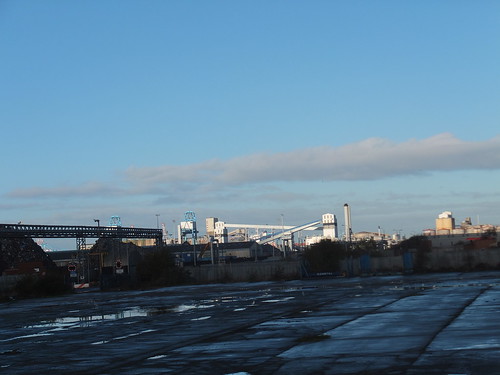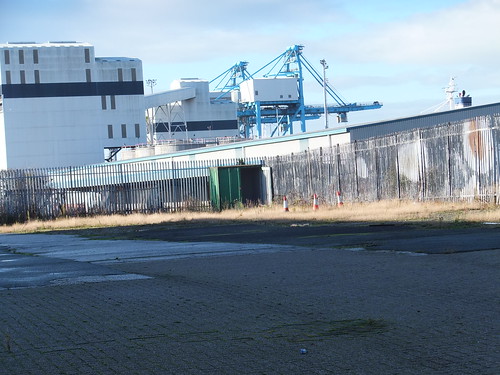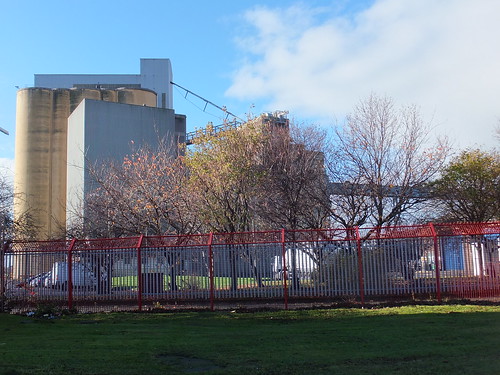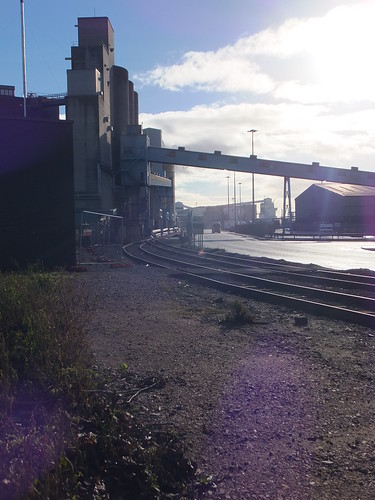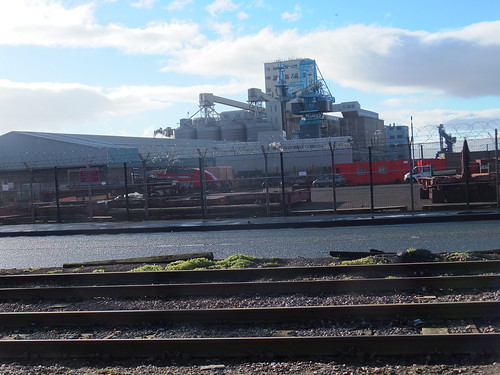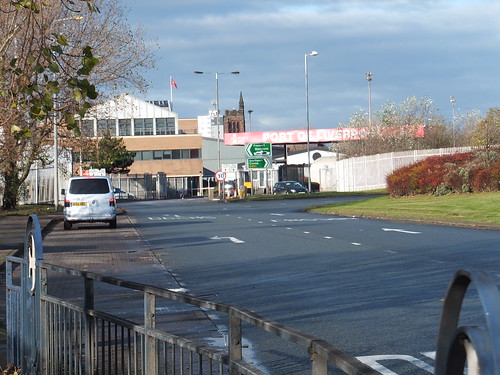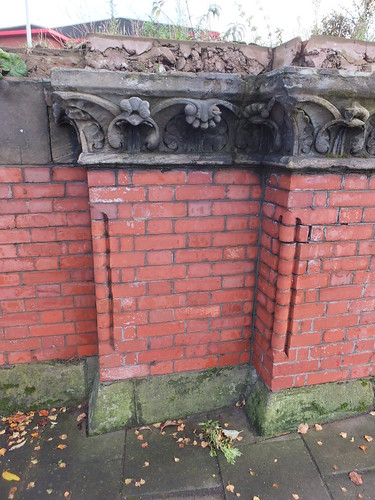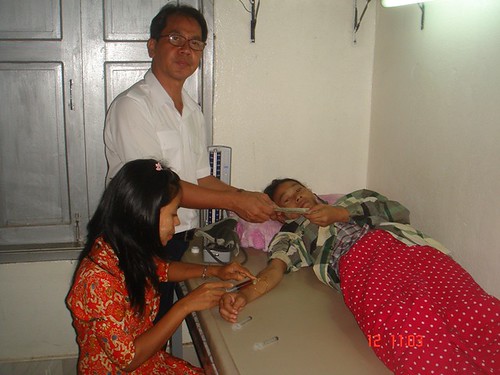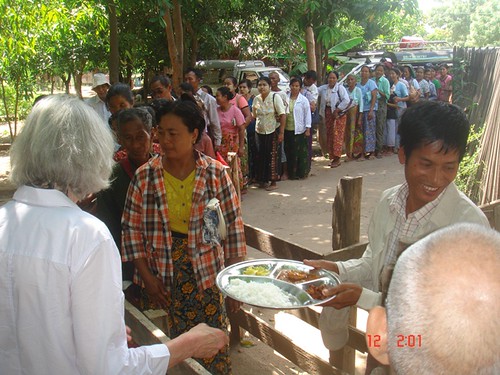Wikipedia has some information on the line from Wolverhampton to Shrewsbury here and on the line beyond Shrewsbury to Chester here.
I've been familiar with the G.W.R. route from Wolverhampton to Shrewsbury and beyond since childhood. Back then, manual signal boxes with Absolute Block working controlled the route from Wolverhampton to Shrewsbury but over the years, one by one, they've been eliminated. I've continued to use the line to Shrewsbury and beyond intermittently for various trips.
Wolverhampton area
When I was young, of course, Wolverhampton (Low Level) Station was in full use, the haunt of 'Castles' and 'Kings'. From Wolverhampton, there were two competing main lines to London, G.W.R. and L.M.S. and I've written briefly about my recollections of Wolverhampton's stations in the post West Midland Railways. In the 1960s, the G.W.R. route to London was chosen for closure, once the former L.M.S. line had been electrified. When the Low Level station was taken out of use for trains north of Wolverhampton, the line from Shrewsbury was adapted so as to make a connection with the L.M.S. route, just north of Wolverhampton (High Level) Station. A rather sad passenger service survived from Wolverhampton to Birmingham (Snow Hill) which ended up being operated by a single unit diesel multiple unit ('bubble car'). In the last days of this passenger service I actually got to work Handsworth Jn. and Hockley signal boxes (unofficially). This service was finally withdrawn in 1972 but the site was retained as a parcels depot until complete closure in 1981.
At Wolverhampton (Low Level), the trains are long gone, but the station mouldered on for years, as a listed structure. There were optimistic plans to renovate the station and turn it into a railway museum and some artefacts were actually brought in. But it was not to be. Various plans for a major conference centre came and went. The Bluebrick Project finally redeveloped the site with newbuild Premier Inn and Bars and Bistros, retaining the principal structures. The platform awnings were dismantled, prior to renovation and incorporation in the new development.
In 2012, work to renovate the original down side station buildings was commenced by 'Grand Station - Conference and Event Venue, Wolverhampton'.
As I mention above, the line to Shrewbury now diverges from the Stour Valley Line to Bushbury and the north at a double junction just north of Wolverhampton station.
The Shrewsbury line has been electrified as far as Oxley, where there's a large Alstom Maintenance Depot which looks after the 'Pendolinos' operating the service to London (Euston).
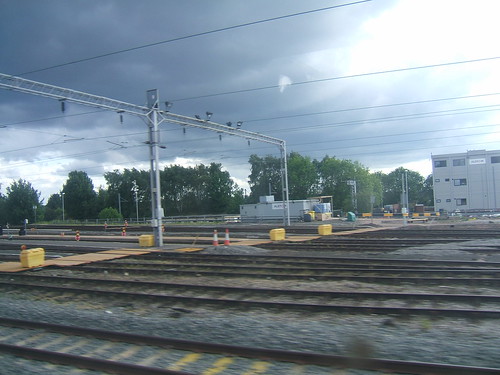 Sidings at the Alstom Traincare Depot, Oxley in 2011.
Sidings at the Alstom Traincare Depot, Oxley in 2011.
Wolverhampton is described in sections of book reference [3] and in [4]. The post West Midland Railways has a list of further books on railways around Wolverhampton.
Madeley Junction
This signal box controlled the junction with the branch to Ironbridge. This branch remained in use for some time to convey coal to Ironbridge Power Station. There were two Ironbridge power stations, 'A' and 'B' (confusingly, also called 'Buildwas A and B'). There's a Wikipedia article here. The 'A' station closed in 1981, the 'B' station, now operated by E-On, has been converted to run on biomass until 2015, as described here.
As signalling between Wolverhampton and Shrewsbury was modernised (with colour light signals throughout) Madeley Junction was first provided with a signalling panel to control most of the line from Wolverhampton to Shrewsbury (including Wellington). But Madeley Junction is now abolished and control is now from the West Midlands Signalling Centre (I think).
Wellington
Wellington, on the way to Shrewsbury, has become a fairly regular destination over the last few years. The signal boxes and upper-quadrant semaphore signals have gone but the station buildings and platform canopies are remarkably intact.
THEN
NOW
THEN
NOW
Wellington is described in sections of book references [1] and [2].
Development of railways around Shrewsbury
Railway Clearing House map of lines around Shrewsbury (c. 1914).
Signalling around Shrewsbury
Shrewsbury station still retains three manual signal boxes and a mass of both upper-quadrant and lower-quadrant semaphore signals (although Health and Safety Concerns have led to rebuilding of access ladders and platforms so that the resulting structures are scarcely recognisable as British signals). There are also a few colour light signals dotted around.
Abbey Foregate Signal Box
Approaching Shrewsbury from Wolverhampton, Abbey Foregate Signal Box is a modernised Great Western brick-built box. The Down Home is now a colour light signal with a dual theatre-type route indicator but other signals are semaphore and points are manually operated by rodding.
Severn Bridge Junction
This famous 'box' is a large, tall L&NWR composite box which continues to control traffic in and out of the simplified south end of Shrewsbury station, albeit with fewer working levers than before.
Crewe Junction
The north end of Shrewsbury is controlled by another proud survivor, also a L&NWR composite design, also retaining its manual operation.
Book reference [5] gives a detailed history of railways around Shrewsbury.
For a detailed map of what remains in 2014, refer to 'Railway Track Diagrams: Book 4 Midlands & North West', published by TRACKmaps (ISBN 978-0-9549866-7-4).
Book References
Wellington appears in the following books:-
[1] 'GWR Junction Stations' by Adrian Vaughan, published by Ian Allen Ltd. (ISBN 0 7110 1790 5).
[2] 'By Great Western to Crewe' by Bob Yate, published by Oakwood Press (0 85361 639 6).
Wolverhampton appears in the following books:-
[3] 'Rail Centres: Wolverhampton' by Paul Collins (originally published in 1990 by Ian Allen, reprinted by Booklaw Publications in 2008) ISBN 1-901945-23-5. [4] 'Oxford Worcester & Wolverhampton Portrait of a Famous Route Part 2: Worcester to Wolverhampton' by Bob Pixton, published by Runpast Publishing (ISBN 1 870754 60 3).
Shrewsbury is described in the following book:-
[5] 'Rail Centres: Shrewsbury' by Richard K. Morriss, published by Booklaw Publications (ISBN 1-901945-20-0).
[6] 'Shrewsbury Railway Station – A brief history' by John Horsley Denton published by John Horsley Denton and Tim Smith (20pp).
My Pictures
Wolverhampton Low Level Station
Wolverhampton to Shrewsbury line
Wellington, ex-Great Western Railway
Shrewsbury area railways
[Book 6 added 15-Sep-2015]






